Unlock your artistic potential with innovative creative expression exercises designed to ignite your imagination and foster self-discovery. Whether you’re an aspiring artist or a seasoned creator, these exercises provide powerful tools to unlock your creativity and express yourself authentically. From exploring emotional depth through art to experimenting with unique techniques, this guide offers a comprehensive exploration of creative expression methods that can transform your artistic practice. Discover how to integrate these exercises into your workflow, leverage digital tools, and apply these techniques in real-world settings to inspire both yourself and others. Get ready to embark on a journey of self-expression and artistic growth with our collection of creative exercises tailored just for artists.
Key Takeaways
- Unlock Hidden Creativity: Use the Butterfly Dream and Nightmare Exercise to explore your subconscious and ignite new artistic ideas.
- Express Emotions Authentically: Engage in art therapy activities like storytelling through art and emotion mapping to release pent-up feelings.
- Enhance Creativity and Imagination: Experiment with diverse techniques such as abstract painting and guided drawing to fuel your artistic vision.
- Heal and Process Emotions: Practice the Butterfly Hug Method or try mandala coloring to promote emotional well-being and healing.
- Connect and Grow: Participate in group art projects or family art nights to foster meaningful connections and personal development.
- Inspire Cultural Exploration: Study famous artists and traditional forms to enrich your creative expression and gain fresh perspectives.
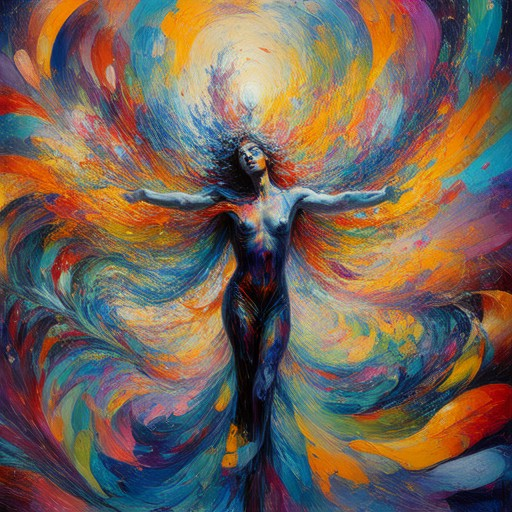
What Are Creative and Expressive Activities?
Creative and expressive activities are engaging ways to explore and develop skills in various art forms. These activities encourage individuals to express themselves freely, often leading to personal growth and emotional release. Below are some examples of creative and expressive activities:
Types of Creative and Expressive Activities
- Visual Arts: Painting, drawing, sketching, sculpting, and collage-making.
- Performing Arts: Dancing, acting, singing, and playing musical instruments.
- Literary Arts: Writing poetry, journaling, storytelling, and composing music.
- Digital Media: Using tools like graphic design software or digital painting apps.
- Crafts: Pottery, knitting, woodworking, and fabric art.
- Movement and Dance: Free movement, yoga, and interpretative dance.
- Role-Playing: Acting out stories or scenarios to explore emotions and ideas.
- Design and Technology: Creating digital art, animations, or interactive installations.
The Benefits of Creative and Expressive Activities
Creative and expressive activities offer numerous benefits, including:
- Cognitive Enhancement: Sharpens problem-solving and critical thinking skills.
- Emotional Release: Provides a safe space for self-expression and emotional healing.
- Social Connection: Fosters collaboration and communication through group activities.
- Stress Relief: Reduces stress and anxiety through focused engagement.
How to Encourage Creativity
- Provide Resources: Offer art supplies, tools, and platforms to facilitate creation.
- Foster a Supportive Environment: Create spaces where individuals feel safe to experiment.
- Encourage Exploration: Allow individuals to try new techniques and approaches.
- Promote Self-Expression: Give people opportunities to share their creations publicly.
Exploring Creative Expression Further
For those interested in delving deeper into creative expression, we recommend exploring these resources:
- Artful Journey : A platform offering creative insights, tutorials, and inspiration for artists of all levels.
- Artists Network : Features articles, videos, and forums for artists to connect and share their work.
- Creative Edge : A hub for creative professionals to explore new techniques and trends.
By engaging in creative and expressive activities, individuals can unlock their potential, find joy, and connect with others on a deeper level. Whether through traditional arts or modern digital mediums, creativity is a powerful tool for personal and communal growth.
How to Do Expressive Art Therapy
Expressive art therapy is a powerful tool for self-discovery and emotional expression. Here’s a step-by-step guide to getting started:
Step 1: Choose Your Medium
Decide which art form resonates most with you. Options include:
- Painting : Use vibrant colors to express your feelings.
- Drawing : Sketch or doodle to capture fleeting thoughts.
- Collage : Combine found objects to tell your story.
- Sculpture : Shape clay or foam to embody your emotions.
- Photography : Capture moments that inspire you.
Step 2: Set Your Intentions
Before you begin, clarify your goals. Are you looking to:
- Explore unresolved emotions?
- Process a life event?
- Connect with your inner child?
- Develop a personal symbol?
Step 3: Create Without Judgement
Embrace the process as a conversation with yourself. Let go of perfectionism and focus on:
- Following your intuition.
- Exploring textures and colors.
- Listening to your inner voice.
Step 4: Explore Emotional Release
As you create, notice how certain images or colors evoke strong emotions. This is your therapy in motion:
- Allow tears or laughter to flow freely.
- Move your body as you paint or draw.
- Feel the energy moving through your hands.
Step 5: Journal Your Experience
After your session, reflect on what you created. Write about:
- Your feelings during the process.
- The symbols or themes that emerged.
- What you learned about yourself.
Step 6: Share Your Creation
Consider sharing your artwork with a trusted friend or therapist. Discuss:
- What you intended to express.
- What you feel has been revealed.
- How you’d like to use this creation moving forward.
Step 7: Practice Regularly
Expressive art therapy is most effective when done consistently. Dedicate time weekly to explore your inner world.
By embracing this therapeutic process, you unlock new perspectives and foster deep personal growth. Whether you’re an experienced artist or just beginning, the journey is as meaningful as the outcome.
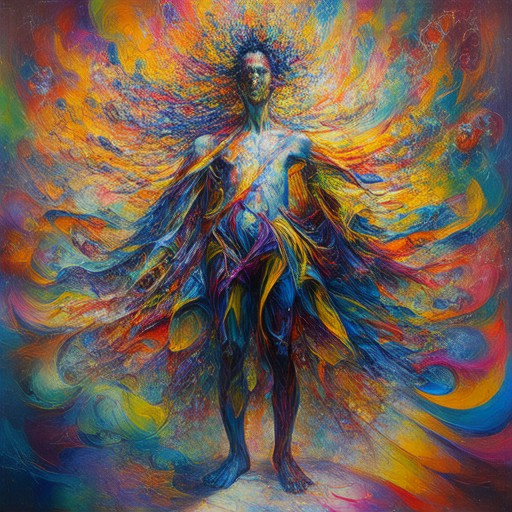
How Do Artists Express Emotions Through Art?
Artists express emotions through a variety of techniques and styles that allow them to convey complex feelings visually. Here are some key ways artists communicate emotions:
1. Color and Tone
- Colors play a significant role in expressing emotions. For example:
- Warm colors like red, orange, and yellow often evoke happiness, passion, or anger.
- Cool colors like blue, green, and violet can convey calmness, sadness, or tranquility.
- The intensity and combination of colors can further enhance emotional expression.
2. Symbolism
- Artists frequently use symbolic imagery to represent emotions. Common symbols include:
- Hearts for love,
- Stars for hope or wonder,
- Skeletons or skulls for fear or mortality,
- Candles for mourning or remembrance.
- These symbols resonate universally, allowing viewers to connect emotionally with the artwork.
3. Gesture and Movement
- In paintings, sculptures, or performances, gesture and movement can dynamically express emotions. For instance:
- A sweeping brushstroke might depict anger or frustration,
- A calm, steady hand could indicate peace or serenity,
- A dancing figure might symbolize joy or exuberance.
4. Personal Narrative
- Many artists draw from their own experiences and emotions. This personal connection allows them to create pieces that feel deeply authentic. For example:
- A portrait painter might capture the vulnerability of loneliness through a solitary figure,
- A photographer could use lighting and composition to evoke nostalgia or longing.
5. Negative Space
- The absence of elements in a work can itself be meaningful. Negative space is often used to imply:
- Absence or emptiness,
- A sense of isolation,
- Or the passage of time.
6. Medium and Texture
- Different art mediums offer unique ways to express emotions:
- Oil painting allows for layers and textures that can mimic skin tones or organic forms,
- Digital art can use filters and effects to convey mood,
- Sculpture can translate emotions into physical forms that invite touch and interaction.
By thoughtfully choosing these elements, artists can create works that resonate emotionally with viewers, bridging the gap between their inner feelings and the external world.
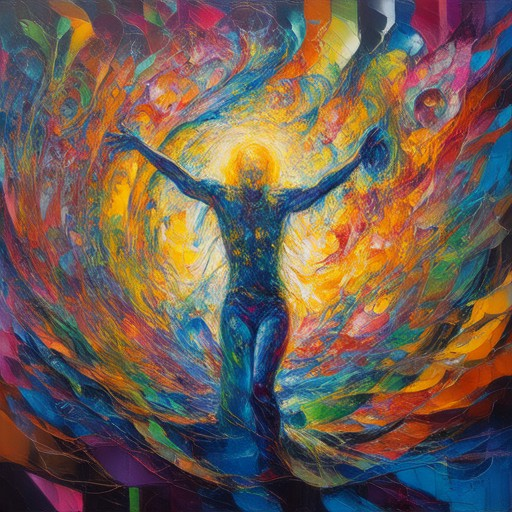
What is the Butterfly Dream and Nightmare Exercise?
The Butterfly Dream and Nightmare Exercise is a powerful art therapy technique designed to explore the depths of your subconscious mind. This exercise involves creating a visual representation of your dreams and nightmares through drawing or painting, focusing on the imagery that emerges when you reflect on your sleep experiences.
Here’s a step-by-step guide to understanding and performing this exercise:
- Materials Needed :
- A piece of paper or canvas
- Drawing tools (pencils, pens, paintbrushes, etc.)
- A selection of vibrant colors
- Step 1: Choose Your Butterfly Silhouette
- Begin by sketching or tracing a butterfly shape onto your paper. This serves as the framework for your artwork.
- Step 2: Divide the Wings
- Split the butterfly into two wings. On one side, you’ll depict the content of your nightmares. On the opposite wing, you’ll illustrate the themes and symbols from your pleasant dreams.
- Step 3: Express Your Nightmares
- Use the left wing to visually represent your nightmares. Focus on the most disturbing or recurring images that come to mind. Allow yourself to be expressive and detailed in your depiction.
- Step 4: Capture Your Pleasant Dreams
- On the right wing, transfer the essence of your positive or joyful dream experiences. Highlight the beauty, harmony, or uplifting emotions you felt during these moments.
- Step 5: Analyze Your Creation
- After completing your artwork, take time to reflect on what you’ve created. Consider how the two wings symbolize your internal struggles and aspirations. Look for patterns or recurring themes that may offer insight into your emotional state.
This exercise is particularly effective because it allows you to externalize your thoughts and feelings, making it easier to process and understand them. By juxtaposing your nightmares and pleasant dreams, you gain a clearer perspective on your mental health and personal growth journey.
To explore this exercise further, visit our art therapy resources page for additional tips and guided exercises.
Art Therapy Activities
Engaging in art therapy activities can be a powerful way to explore emotions, enhance creativity, and promote mental well-being. Below is a curated list of art therapy activities designed to help individuals connect with their inner selves and foster healing:
-
Creative Expression
- Abstract Painting: Explore colors and textures to express emotions without words.
- Sculpture Making: Use materials like clay to shape your thoughts and feelings.
- Collage Creation: Combine different media to create meaningful visual stories.
Learn more about these activities and find inspiration on our website.
Emotional Exploration
- Emotion Mapping: Use colored pencils to map emotional experiences on a canvas.
- Symbolic Drawing: Create symbols representing personal challenges or goals.
- Storytelling Through Art: Illustrate a personal story or myth to uncover underlying feelings.
</ul>
Stress Relief
- Mandala Coloring: Find peace by coloring intricate patterns.
- Guided Drawing: Follow prompts to let your intuition guide the process.
- Chakra Art: Create a visualization of energy centers to balance your body.
</ul>
Personal Growth
- Identity Exploration: Create self-portraits to reflect your inner journey.
- Goal Setting Visualization: Use art to depict personal aspirations.
- Transformation Art: Symbolize changes you wish to see in yourself.
</ul>
Community Connection
- Group Art Projects: Collaborate on shared themes to build connections.
- Family Art Nights: Engage in creative activities together.
- Community Mural Projects: Contribute to larger community art pieces.
</ul>
Cultural Exploration
- Study of Famous Artists: Research historical figures to draw inspiration.
- Cultural Heritage Art: Explore and recreate traditional art forms.
- Global Art Collaboration: Participate in international art projects.
</ul>
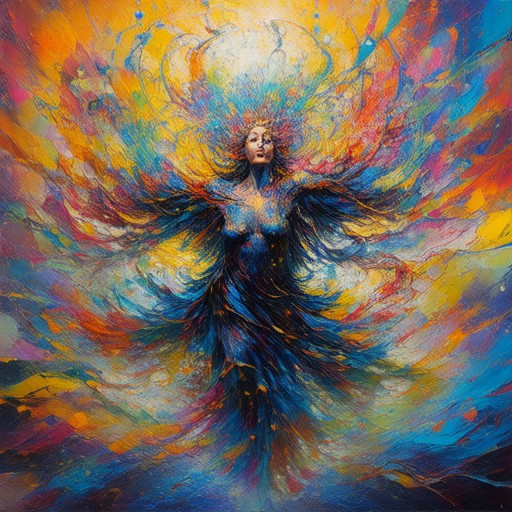
What is the Butterfly Hug Method?
The Butterfly Hug method is a unique therapeutic technique often used in conjunction with EMDR (Eye Movement Desensitization and Reprocessing) therapy. This method involves the individual wrapping their arms around themselves, with each hand touching the opposite upper arm or shoulder. The hands are then moved in an alternating rhythm, mimicking the wings of a butterfly. This gentle, rhythmic motion helps to promote emotional release and healing.
How to Perform the Butterfly Hug
- Preparation : Start by standing or sitting comfortably, allowing yourself to relax.
- Arm Positioning : Wrap your arms around your own body, ensuring each hand rests on your opposite upper arm or shoulder.
- Movement : Begin moving your hands in a soft, alternating rhythm, as if the wings of a butterfly are flapping. You can also choose to tap your knees if that feels more comfortable.
- Focus : Pay attention to your breath and the sensations in your body as you perform the movements.
The Benefits of the Butterfly Hug
- Promotes emotional release and healing.
- Helps to ground yourself during intense emotional experiences.
- Encourages self-compassion and understanding.
- Can be used as a complement to traditional EMDR techniques.
Variations and Advanced Techniques
- Some practitioners combine the Butterfly Hug with deep breathing exercises to enhance relaxation.
- The technique can be adapted for use with individuals of all ages and physical abilities.
Tips for Effectiveness
- Focus on your intention and allow yourself to fully engage with the process.
- Be patient and kind to yourself during practice.
- Use the technique regularly to support emotional well-being.
Conclusion
The Butterfly Hug method is a powerful tool for emotional processing and healing. By incorporating this technique into your routine, you can develop greater awareness of your emotions and foster a deeper sense of self-compassion. Explore more techniques like the Butterfly Hug on Artful Journey to discover ways to enhance your emotional well-being.
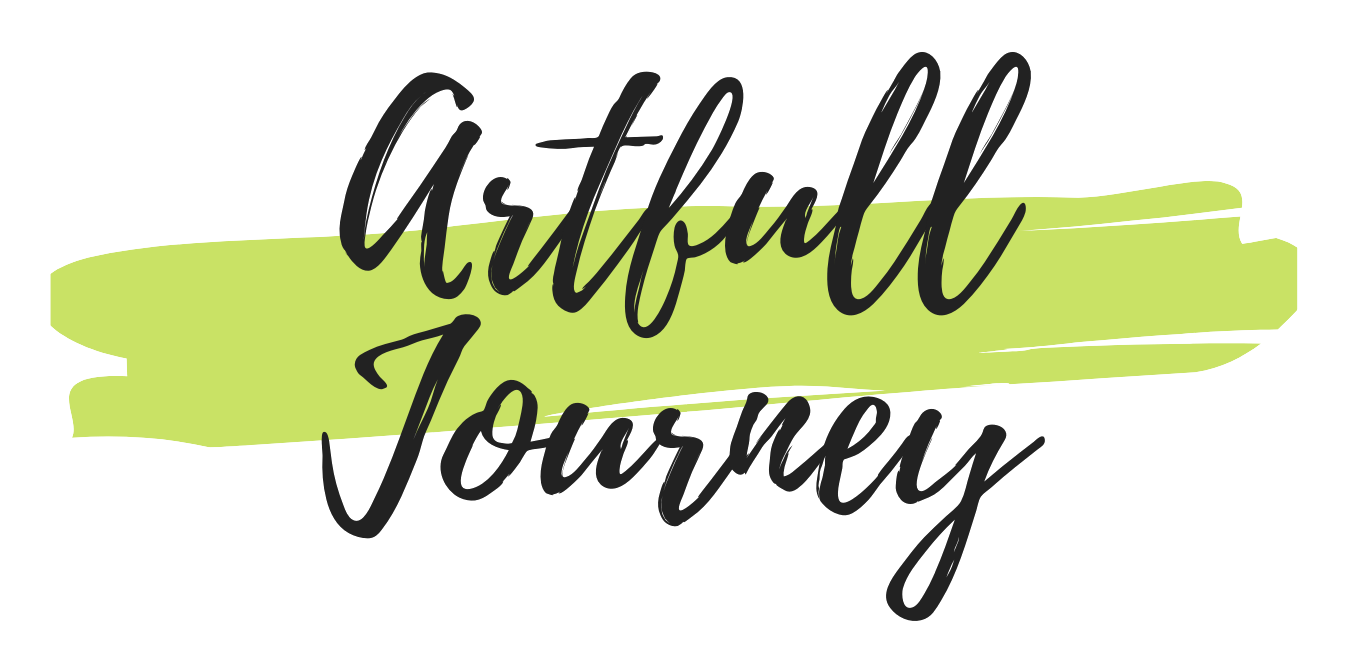



0 Comments